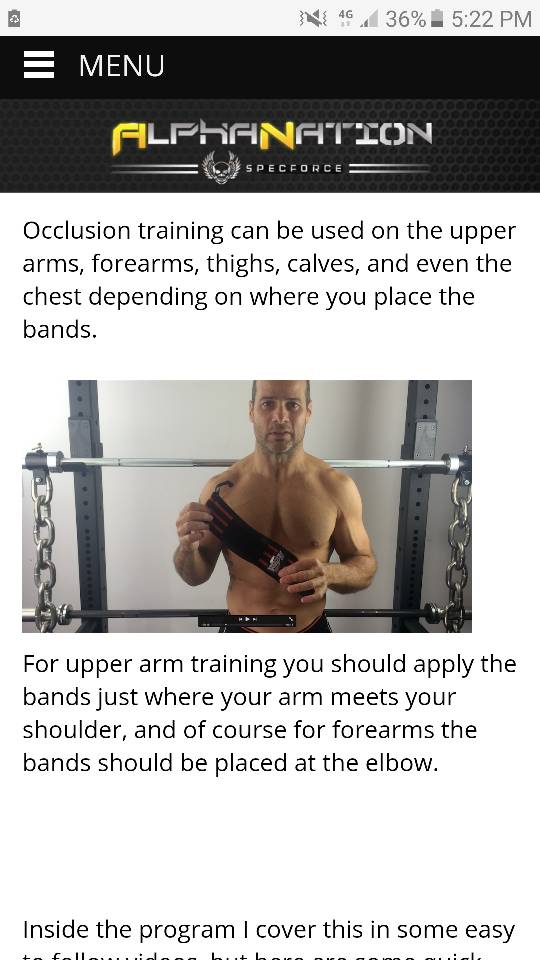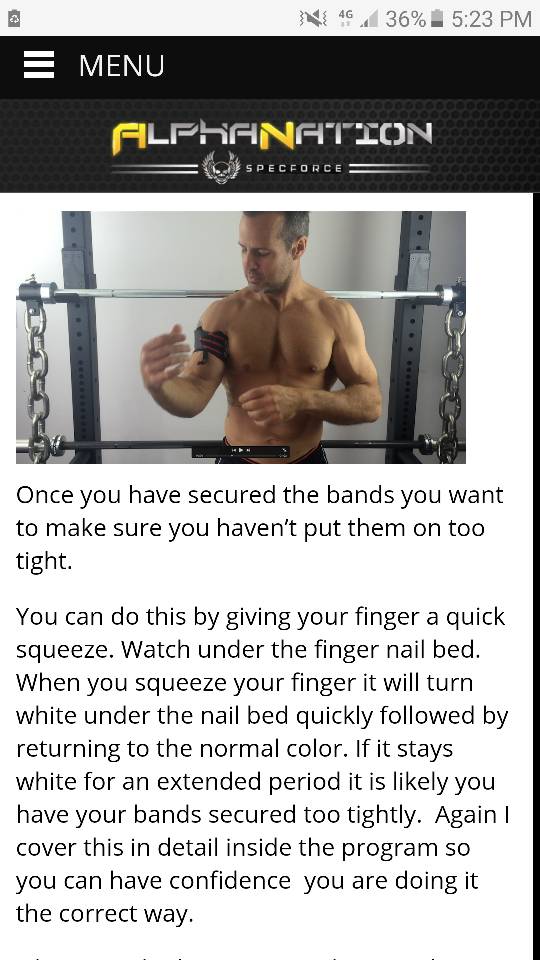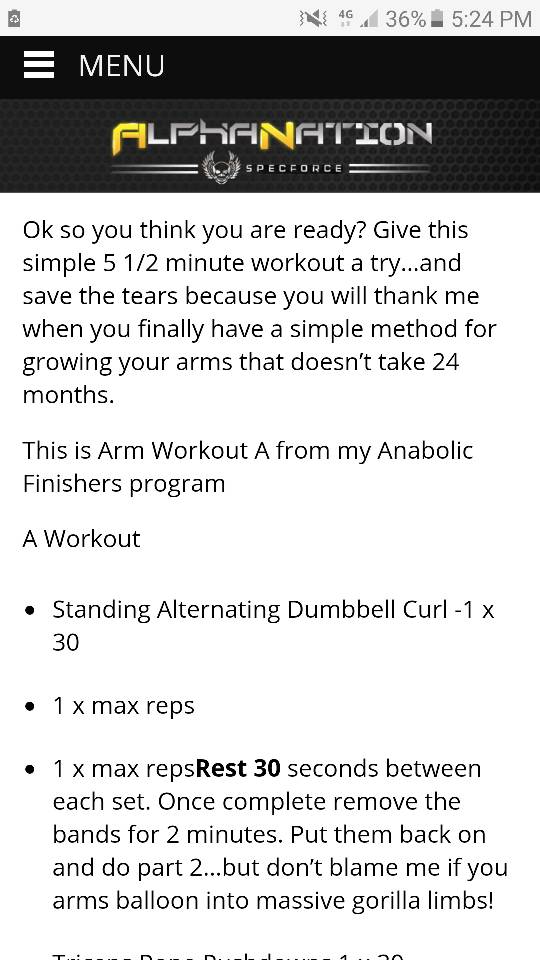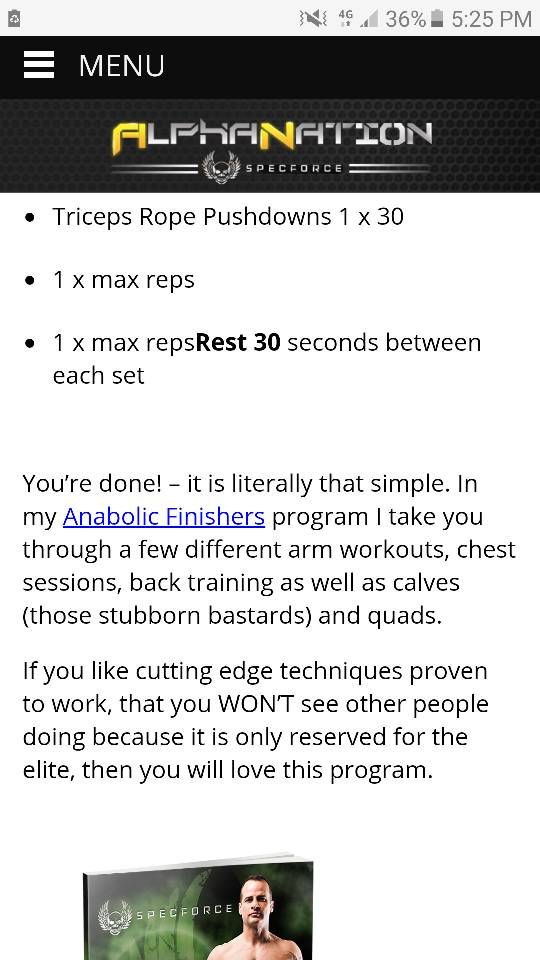For the dropset protocol I used EZ bar spider curls, was a good exercise to really lock down the movement and make sure there was no momentum helping out.
I did this 2x week, starting out with using roughly my 12RM. I originally planned on doing two weeks of 12RM, 10RM, 8RM, but I ended up just starting with 15RM-ish and increasing the weight every workout or second workout whenever I could until at the end of the cycle I was using about 7RM-ish.
So the exact method was doing a set until complete failure, drop the weight 20% (eventually I went to 25% drops as I was struggling to get many reps with 20% drops), do another set to failure, drop the weight to do a final set to failure. So three sets in total (but more like just one long extended set hehe)
And no rest between sets is recommended in the paper.
Ah and that's right, actually to make it so there was little to no rest between drops, for the first set I actually used dumbbells, then dropset to a second pair of dumbbells (lighter of course), then the final drop I used the EZ bar. I train at home so have two pairs of adjustable dumbbells, ez bar, and barbell.
But yeah for sure give it go, it is intense haha but fun, and probably only one (maaaaybe two) muscle group to do this with. It definitely was very effective.





